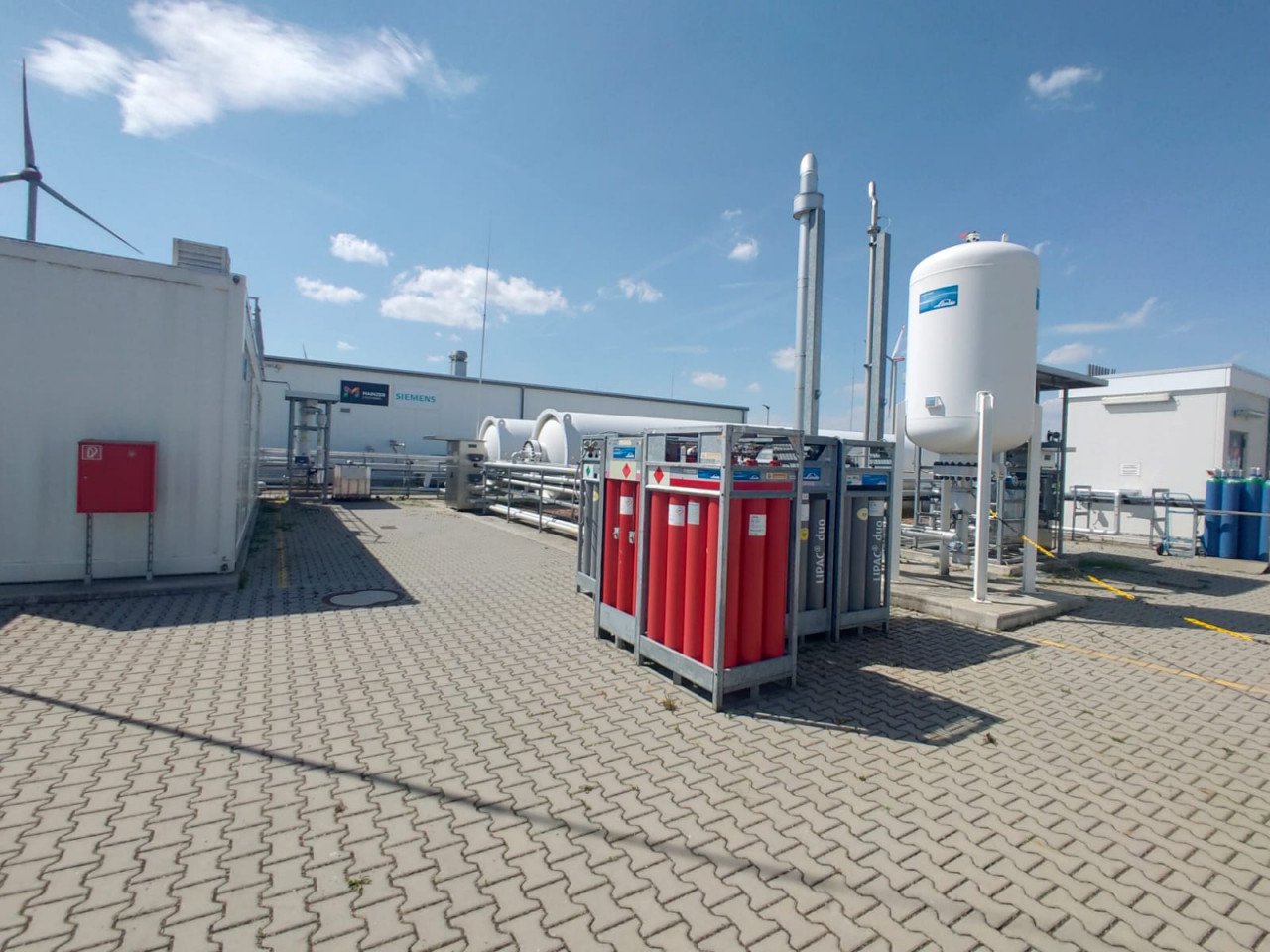Indian cabinet approves ₹19,744 crore National Green Hydrogen Mission
The Union cabinet of India chaired by PM Narendra Modi has approved the much-awaited National Green Hydrogen Mission. In pursuit of making the country a global hub for production of green hydrogen, the Union Ministry of New and Renewable Energy (MNRE) will formulate the scheme guidelines for implementation of the respective components.
The initial outlay for the mission will be ₹ 19,744 crore, including an outlay of ₹ 17,490 crore for the SIGHT programme, ₹1,466 crore for pilot projects, ₹ 400 crore for R&D, and ₹ 388 crore towards other mission components, according to official statement.
The union government claims that the mission will have wide ranging benefits and creation of export opportunities for green hydrogen and its derivatives, including the outcomes such as decarbonization of industrial, mobility and energy sectors, reduction in dependence on imported fossil fuels and feedstock, development of indigenous manufacturing capabilities and cutting-edge technologies, along with employment generation.
India's Green Hydrogen production capacity is likely to reach at least 5 MMT per annum, with an associated renewable energy capacity addition of about 125 GW. The targets by 2030 are likely to bring in over ₹ 8 lakh crore investments and create over 6 lakh jobs. Nearly 50 MMT per annum of CO2 emissions are expected to be averted by 2030, says the Indian government.
The mission will facilitate demand creation, production, utilization and export of Green Hydrogen. Under the Strategic Interventions for Green Hydrogen Transition Programme (SIGHT), two distinct financial incentive mechanisms – targeting domestic manufacturing of electrolysers and production of Green Hydrogen – will be provided under the Mission.
It will also support pilot projects in emerging end-use sectors and production pathways. Regions capable of supporting large scale production and/or utilization of Hydrogen will be identified and developed as Green Hydrogen Hubs.
Further, an enabling policy framework will be developed to support establishment of green hydrogen ecosystem. A robust standards and regulations framework will be also developed. Additionally, a public-private partnership framework for R&D (Strategic Hydrogen Innovation Partnership – SHIP) will be facilitated, while a coordinated skill development programme will also be undertaken under the mission.
RELATED: Jakson Green to invest US$ 2.8 billion for Green Ammonia, Green H2 plant in Rajasthan
The Union government has said that all concerned ministries, departments, agencies and institutions of the both union and state governments will undertake focused and coordinated steps to ensure successful achievement of the hydrogen mission objectives.




















